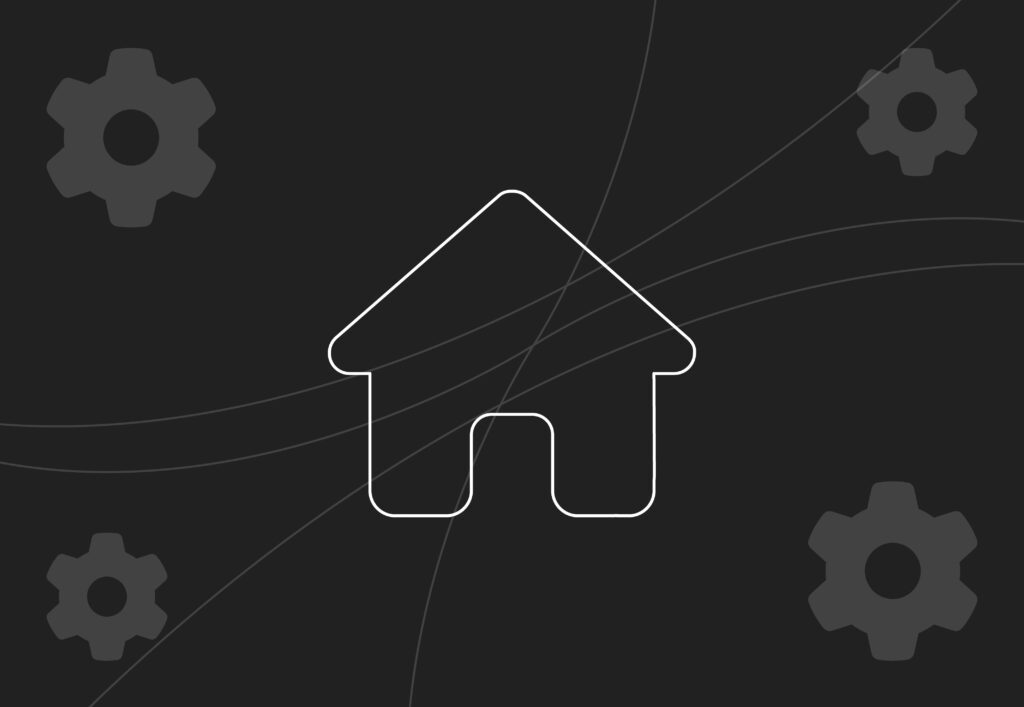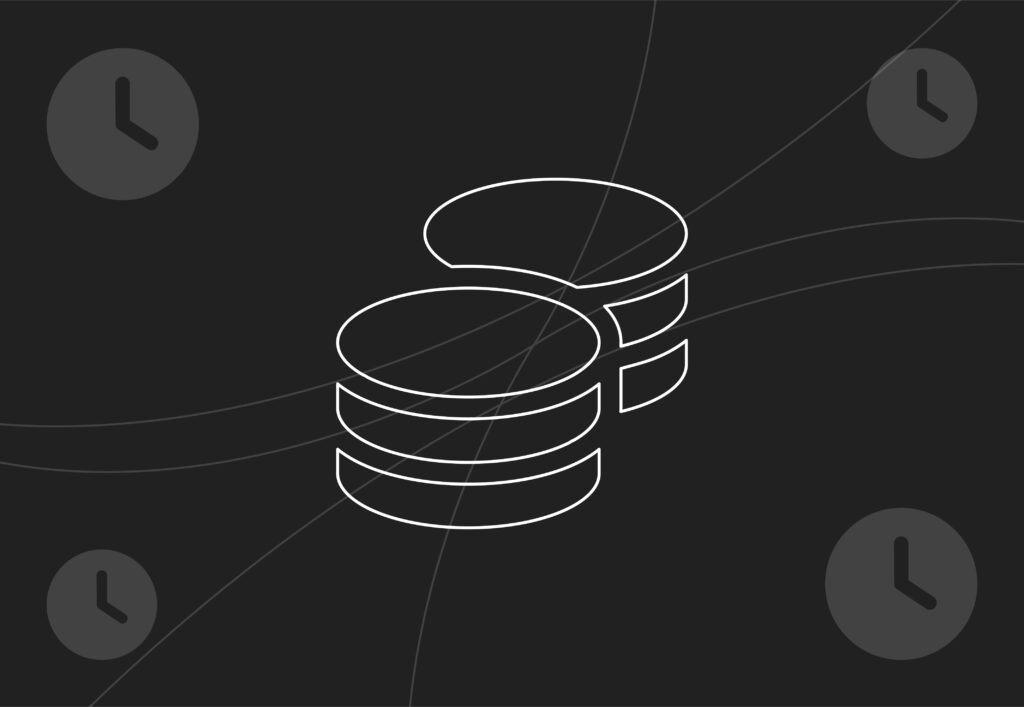
10 lead generation strategies for home improvement businesses

Home improvement is a highly competitive industry, with customers having endless companies to choose from and various channels to enquire through. With every company relying on a steady stream of quality leads, your marketing efforts must match or exceed the competition to ensure you stay relevant.
In this blog, we will explore 10 different Lead Generation strategies for home improvement businesses that will help not only increase the volume but also improve the quality of leads, ensuring you rise above the competition in today’s saturated digital market.
High-quality creatives
In today’s fast-paced digital world, the emergence of AI has been key to helping businesses take the next level; however, there is one thing that AI cannot replicate, and that is high-quality human work – and in marketing, authenticity is more important than ever.
When it comes to home improvement, potential customers aren’t just searching for a service; they’re searching for brand trust and credibility, which can cause problems when companies rely on stock images and AI-generated content.
The lack of human touch that customers connect with can quickly disappear with poor creatives, resulting in customers moving onto other competition; therefore, these companies can use this as leverage to stand out from the saturated digital market by using before and after photos, high quality images and strong call to actions – this is what will turn your clicks into real, genuine leads.
Full funnel targeting
Full funnel targeting is a marketing strategy which utilises multiple channels to ensure the user is nurtured along their buying journey.
The funnel is broken down into 3 stages: Top of the funnel (TOFU), middle of the funnel (MOFU) and bottom of the funnel (BOFU). All 3 stages require different targeting and messaging to reach the desired audience. According to Neilsen, companies that adopt a full funnel strategy can see a 45% increase in ROI and 7% increase in offline sales compared to single-stage campaigns.
Examples of full funnel targeting can include:
Top of funnel (awareness):
- Display: Reach new audiences through visual banners on Google’s Display network.
- Demand Gen: Create visually engaging content to capture early interest.
Middle of the funnel (consideration):
- Performance Max: Maximise reach across all of Google’s channels.
- Search: Capture users who are actively searching for your brand or product.
- Remarketing: Re-engage with users who have shown interest in your brand/product.
Bottom of the funnel (action):
- Search: Focus on high intent keywords to drive action; e.g. home remodelling company near me
So why does it matter for home improvement? Home improvement takes high levels of consideration, and customers rarely convert after one click, with research suggesting that there are multiple touchpoints, and not just one interaction, users research and evaluate their options before purchasing. By ensuring we’re targeting that user on each stage of the funnel, we can nurture relationships, build engagement and ensure the brand is on their mind before they make their final decision – ultimately driving meaningful growth.
Local service ads
Local Service Ads (LSAs) are a lead generation strategy where you can advertise your business on Google and receive leads directly from potential customers. With LSAs, users are charged per lead, rather than per click, making it a powerful lead generation source for companies that prefer the security or who want to control their cost per lead.
Local service ads appear in Google search results within your target area, and users can call or message you directly from the advertisement, it is only if the call lasts over 30 seconds or a lead has been generated from the message, you will be charged.
With Google Pay-Per-Click cost rising 10% YoY, many smaller businesses are losing trust in the platform. This makes LSAs a great, effective lead generation method and alternative for smaller home improvement companies, as you are spending money on leads, rather than clicks.
With the rising costs of Google pay-per-click, users are seeing a 10% YoY increase, reinforcing the value of LSAs as they are a great cost-effective lead generation method and alternative for smaller businesses, as you are spending money on leads, rather than clicks.
Not all home improvement companies will qualify for Local Service Ads – you can view the full criteria here.
Extensive negative keyword lists
Utilising Google ads can be a highly effective means of lead generation, but without an extensive and well-managed negative keyword list, you risk spending budget on the wrong traffic and the wrong audience
Poorly managed negative keywords and lists can result in wastage within the campaign; for example, in the case of home improvement, keywords could bring in a high volume of traffic relating to ‘DIY’, something companies would want to avoid due to the user most likely looking to do it themselves, rather than hire a company.
A strong negative keyword list ensures budget is spent on the right qualified audience which reduces wasted spend; furthermore, Google will reward you through improved quality scores as the traffic will become more engaging and relevant; overall, this will result in lower cost per clicks and better ranking on the platfor, .improved quality scores, which over time will reduce cost per click and improve ranking.
Locational targeting
For a luxury or high-end home improvement business, targeting specific affluent postcodes within Google ads can make a huge difference, as it ensures your ads are being displayed in front of somebody who can afford the service. Broader targeting can waste budget by placing your ad in front of someone who has no interest in the service.
This strategy not only improves the quality of leads and leads to deal rate, but also pivots your brand as a premium service in the minds of your target audience – lead generation is about quality over quantity, and targeting people who can afford your service ensures you drive quality.
Tip: You can change location settings within Google Ads campaign settings to ensure you’re showing ads in front of users physically within your targeted area, not people who have expressed interest within the area.
Optimised landing page
A well-optimised landing page is vital for generating high-quality leads in the home improvement industry – with short attention spans and fierce competition, optimised pages ensure interest from your marketing campaigns is turning into action (Baldwin, 2025), and competition isn’t picking up the leads.
Firstly, home improvement companies should ensure the landing pages have high-quality content and creatives, as the industry is built on brand trust and credibility. For example, pages could include before and after photos of any work done, customer testimonials or certifications which reinforce that trust.
Secondly, with over 60% of global traffic coming from mobile, a percentage that is growing year on year, fast mobile speeds are crucial as the majority of homeowners will be browsing on mobile; a poor user experience will increase the chance of them bouncing off the page and enquiring with a competitor.
Finally, companies should take advantage of using strong call-to-action throughout the page. Call to actions should be clear, visible and persuasive as it is the bridge between the traffic landing on your page converting into a real, quality lead. For example, home improvement companies could use ‘Get Your Free Quote Today’ or ‘Start Your Project Today’.
Remarketing
Remarketing is a powerful strategy for home improvement companies to utilise to ensure the business stays engaged with users who have previously visited the site or shown interest.
Whether it’s a kitchen remodel or bathroom renovation, home improvement services can take a lot of consideration as there are multiple touchpoints along the user’s journey before they decide to get in touch, so it is vital to keep your brand at the front of their mind through remarketing.
Remarketing strategies can lead to improved brand awareness and conversion rates through reinforcing your brand’s message by displaying ads to users who have already shown interest; furthermore, if these users have shown purchase intent, remarketing can be that final point of encouragement for the users to purchase or enquire.
Audience targeting
Audience targeting allows businesses to segment their audience into groups based on behavioural characteristics, demographics, interests and intent. This approach allows marketers to deliver highly effective and relevant marketing campaigns to their desired audience, ultimately increasing overall engagement and leads being generated.
For home improvement companies, audience targeting is effective as it can take users time before they enquire for the service. By targeting these high-intent users, it ensure you are displaying an advert in front of somebody who is ready to purchase at the right time.
For example, methods of audience targeting within Google Ads can include the creation of Customer Match lists. According to Google, marketers who utilise these lists can see an increase in conversion rates by 5.3%. The audience is created by uploading first-party data (such as emails or phone numbers) of high-intent users who have previously engaged with the company, allowing Google to display specific or personalised ads to that user, or to a new user with similar attributes.
Conversion tracking
A conversion is a valuable action that aligns with your business goals; for example, a phone call, form submission or purchase. Conversion tracking is a critical part of any home improvement strategy because, without it, you have no understanding of what keywords or campaigns are working, making it impossible to optimise or know where your budget is being spent. Furthermore, Google recommended and high-value bidding strategies, such as SMART bidding, rely on accurate conversion data and optimise towards these conversions. Without this accurate data, Google will not be able to perform to its full potential.
Finally, accurate conversion tracking and utilisation of SMART bidding will free up time through less manual work, such as bid or location adjustments (Google). This allows the advertiser to spend more time improving other areas of the business, such as the sales process or lead management. As a result, you’re not only streamlining other areas of the business but also improving overall lead quality and volume.
Harness AI
In today’s competitive home improvement market, AI is becoming an increasingly important tool for Lead Generation, and companies that don’t utilise AI may find themselves being left behind the competition, making it an essential tool for growth.
For example, AI can help create personalised designs for homeowners who can experiment with layouts, colours, and materials in real time. This helps the homeowner visualise their project before they make a decision to buy, which can improve the quality of the leads and increase lead-to-deal rate as the user knows what they’re getting. Furthermore, companies can use a range of virtual AI assistants, such as Chatbots. These bots can handle a range of manual and administrative tasks, such as online chats, personalised emails or lead management. This frees up resources to focus on what makes a great home improvement company, the actual work.
For home improvement companies, harnessing and embracing AI is essential to stay competitive in a saturated market; making the most out of any new features or tools platforms offer can give you the edge against your competitors.



